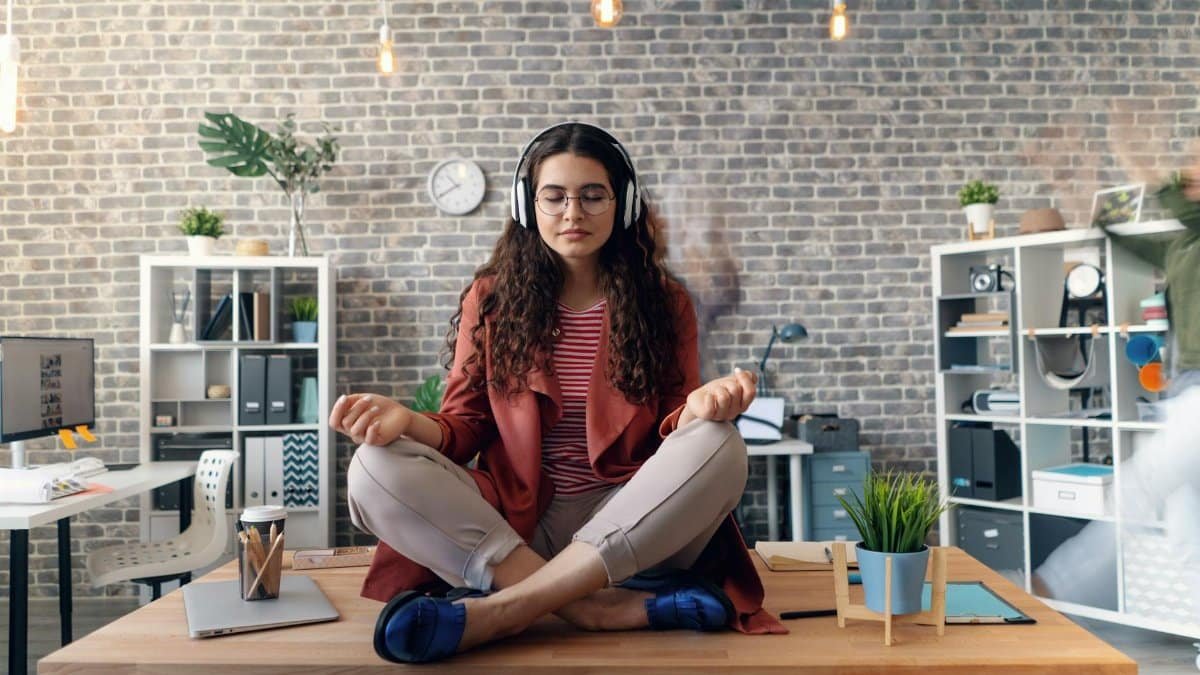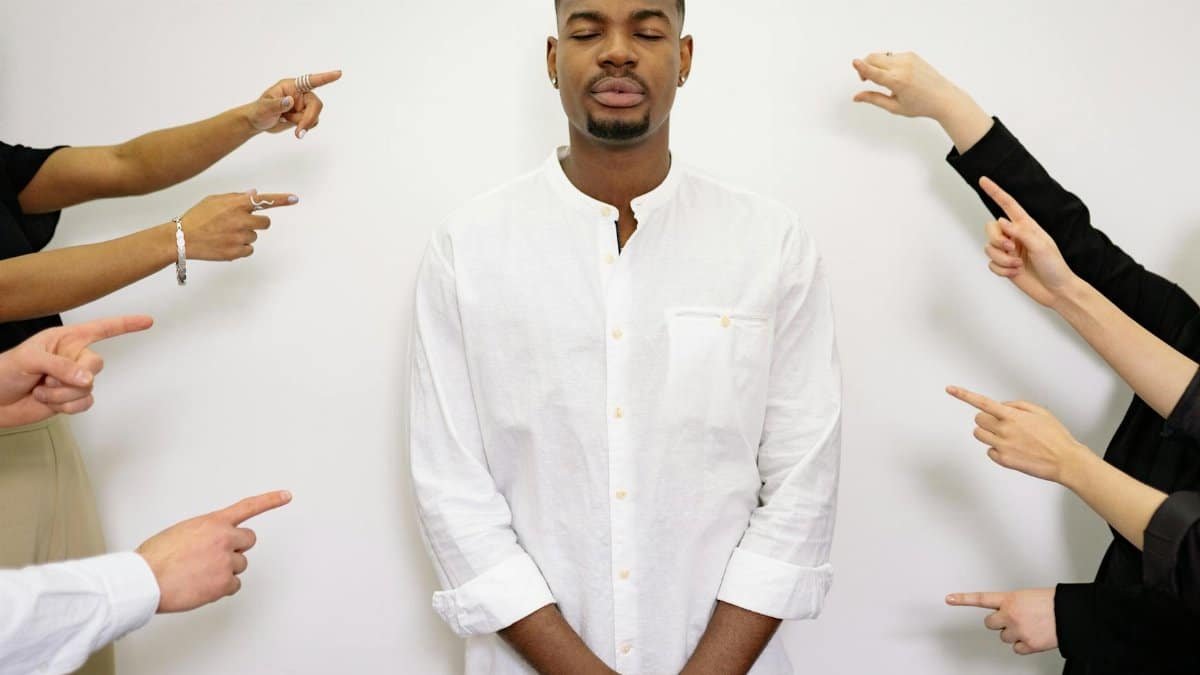A recent study from the National Institutes of Health revealed that nearly 40% of Americans now practice some form of mindfulness, up from just 8% a decade ago, signaling a profound shift in how we cope with daily stresses. This surge isn’t just a fad; it’s backed by mounting evidence showing mindfulness can rewire the brain for better focus and emotional resilience. As experts from fields like psychology and neuroscience weigh in, they’re increasingly viewing it as more than personal therapy—potentially a collective turning point for humanity amid rising mental health challenges. In a world spinning faster with technology and uncertainty, mindfulness offers a quiet rebellion, encouraging us to pause and reconnect. But what does this mean for everyday lives, and why are specialists calling it transformative?
The Roots of Mindfulness in Modern Life

Tracing mindfulness back, it draws from ancient Eastern traditions, particularly Buddhism, where it’s known as sati, a state of attentive awareness. Yet in the U.S., it gained traction in the late 20th century through figures like Jon Kabat-Zinn, who secularized it with his Mindfulness-Based Stress Reduction program at the University of Massachusetts. Today, it’s woven into corporate wellness sessions and school curriculums, far from its monastic origins.
Consider a bustling office in downtown Chicago, where employees gather for a midday session. The room hums with the low chatter of keyboards pausing as a facilitator guides them through a simple breathing exercise. One participant, a mid-level manager in her forties, later shares how it cut through her constant worry about deadlines. “It was like flipping a switch,” she recalls, her voice steadying as she describes the calm settling in. This isn’t unusual; research from the University of Massachusetts Center for Mindfulness shows such practices reduce anxiety by up to 30% in participants after eight weeks.
But the evolution isn’t without tension. Some critics argue that stripping mindfulness of its spiritual roots dilutes its power, turning it into a quick fix for productivity rather than profound self-inquiry. Still, as 2025 unfolds, with remote work blurring boundaries, this adaptation seems essential, helping people navigate the digital overload without losing their sense of self.
How Mindfulness Rewires the Brain

Dive into the science, and it’s clear mindfulness isn’t mere relaxation. Neuroimaging studies reveal it strengthens the prefrontal cortex, the brain’s command center for decision-making and emotion regulation. Practitioners often report sharper focus, as if fog has lifted from their thoughts.
Picture a veteran teacher in a New York City public school, overwhelmed by crowded classrooms and endless grading. She starts a daily mindfulness routine, just ten minutes of guided meditation via an app. Weeks in, she notices decisions come easier—no more snapping at students over minor disruptions. This aligns with findings from Harvard researchers, who found that consistent practice increases gray matter density in areas linked to memory and empathy. A pivotal study published in the journal Psychiatry Research, accessible via the National Library of Medicine, details how even short sessions can alter neural pathways, fostering resilience against stress.
Of course, not everyone experiences instant change. Skeptics point out that results vary by individual factors like age or prior trauma. Yet the growing body of evidence suggests that in an era of constant notifications, this brain-boosting effect could be key to sustaining mental health on a societal scale.
Mindfulness in the Workplace: A Double-Edged Sword?

Corporations like Google and Aetna have embraced mindfulness programs, touting benefits for employee well-being and bottom lines. Data from a Pew Research Center survey indicates that over half of U.S. workers feel burnout, and mindfulness initiatives are stepping in as a remedy.
One executive in Silicon Valley described a team retreat where mindfulness exercises replaced the usual strategy talks. Amid the scent of eucalyptus diffusers and soft lighting, colleagues shared vulnerabilities, leading to unexpected breakthroughs in collaboration. “We stopped seeing each other as competitors,” he noted, highlighting a shift toward empathy.
However, there’s a catch. Some employees view these programs as band-aids for systemic issues like overwork, not genuine care. A report from the Pew Research Center on workplace trends underscores this, showing mixed satisfaction with wellness perks. As 2025 brings more hybrid models, balancing authenticity with corporate demands will determine if mindfulness truly transforms professional environments or becomes another buzzword.
Building Resilience Through Everyday Practices

At its core, mindfulness builds inner strength by teaching presence amid chaos. Simple acts like mindful walking—paying attention to each step, the feel of the ground—can ground anyone during turbulent times.
Take a single mother in rural Texas, juggling two jobs and childcare. Online discussions often reveal stories like hers: one account shared publicly described starting with just noticing her breath during commutes, which gradually eased her panic attacks. “It didn’t erase the problems, but it made them manageable,” the post reflected, echoing a common thread of quiet empowerment.
Experts from the American Psychological Association emphasize starting small. Their guidelines, outlined in resources like the APA’s mindfulness page, suggest integrating it into routines without overwhelming beginners. The key? Consistency over intensity, turning fleeting moments into habits that foster long-term resilience.
Yet challenges arise. Distractions abound, and for some, sitting with thoughts feels uncomfortable at first. This discomfort, though, is part of the growth, revealing how mindfulness isn’t about escaping life but engaging it more fully.
The Social Impact: Fostering Compassion in Communities

Beyond the individual, mindfulness is sparking broader empathy. Programs in prisons and schools demonstrate its role in reducing conflict and building connections.
In a community center in Atlanta, a group of diverse residents meets weekly for mindfulness circles. Laughter mixes with silence as they share experiences, from job loss to family strains. One participant, a retired veteran, finds solace in collective breathing exercises, which he says softened his guarded demeanor. “I listen better now,” he admits, a small but profound change.
Studies support this ripple effect. Research from the Greater Good Science Center at UC Berkeley shows mindfulness enhances prosocial behavior, with linked findings on their mindfulness resource page. As societal divisions persist into 2025, such practices could bridge gaps, turning personal peace into communal harmony.
Still, accessibility remains an issue. Not everyone has time or resources for classes, prompting calls for free, inclusive options to ensure mindfulness benefits all strata of society.
Challenges and Criticisms: Is It Overhyped?

Not all views on mindfulness are glowing. Detractors argue it’s become commodified, with apps and retreats prioritizing profit over depth.
A wellness coach in Los Angeles recalls clients dropping out after initial hype fades, frustrated by unmet expectations. “They expect bliss, but it’s work,” she explains, pointing to the emotional labor involved.
Critiques also highlight cultural appropriation, as Western adaptations often overlook origins in non-Western traditions. A balanced perspective from the NIH acknowledges these concerns while noting evidence-based benefits, detailed in their NCCIH mindfulness overview.
Navigating these pitfalls requires discernment. For mindfulness to be a true turning point, it must evolve thoughtfully, addressing inequities and staying true to its essence.
Mindfulness and Mental Health: A Path to Healing

In therapy settings, mindfulness complements treatments for anxiety and depression, offering tools to observe thoughts without judgment.
Imagine a young professional in Seattle, battling insomnia from work stress. Through mindfulness-based cognitive therapy, she learns to watch worries pass like clouds, sleeping better within months. This mirrors outcomes from clinical trials, where participants report 20-30% symptom reduction.
The CDC’s data on mental health trends reinforces its value, with resources available on their mental health learning page. As awareness grows in 2025, integrating it into public health could democratize healing.
But it’s no cure-all. Combining it with professional care is crucial, especially for severe cases, ensuring it’s a supportive ally rather than a standalone solution.
Looking Ahead: Integrating Mindfulness into Daily Routines

As experts predict, mindfulness could redefine humanity’s approach to well-being. Simple integrations, like mindful eating—savoring each bite—can transform mundane activities.
One father in the Midwest incorporated it into family dinners, noticing deeper conversations emerge. “We connect more,” he says, a sentiment echoed in growing U.S. trends.
With ongoing research, its potential expands, from enhancing creativity to aiding environmental awareness. Embracing it mindfully, without overreach, might indeed mark a pivotal shift.
